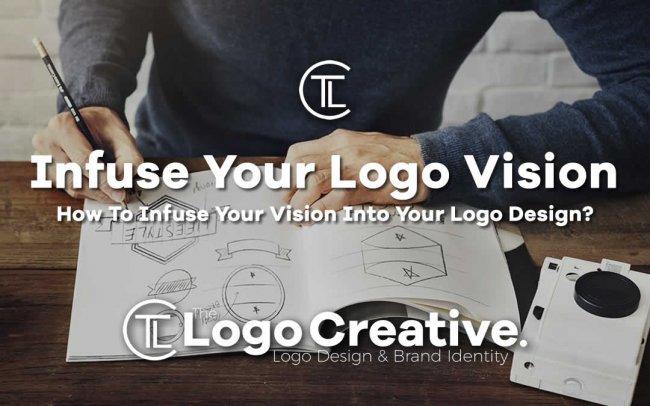Are you struggling to design a logo that really reflects your brand? Are you having trouble with creating something that distills your company personality into a memorable, recognizable graphic “byte”? Well, you’re not alone. In this article, we take a look in detail of How To Infuse Your Vision Into Your Logo Design?
Logos appear to be simple, but that appearance is often deceptive. Since logos are usually the first exposure that your audience will have with your company, they’re a vital piece of the “good first impression” puzzle.
And, since most people will associate that logo with your company over any other graphics or images that you produce, the logo design has to be an accurate representation of your brand, as well.
If you’re fighting against the temptation to just pump out a generic, good enough logo, and you have the goal of creating a piece of graphic art that is worth its role as a brand ambassador, there’s good news.
That’s exactly what we’re here to talk about today.
Table of Contents
What Goes Into A Logo?
As we mentioned, logos are more than just a face to your brand. They also send a message about the personality and even the goals behind that brand.
Or, they should, at least.
It’s easy to find generic, paint by numbers-type logos out there. And it’s much harder to create something that is unique, fitting, and striking.
Good logos should be:
- Memorable
- Effective
- Easy to read or decipher
- Unique
- On-message
- Scalable and easy to reproduce
- High quality
But even before you end up with that final product, a lot goes into the creation of your finished logo. Vision is a big part of it.
This article is less about the step by step process of creating a professional logo design, and more about discussing how to articulate your vision and make it a reality. All good logo designs start with writing the perfect logo design brief.
Let’s start with step one: Analyzing your brand personality.
Analyze Your Brand Personality
Your brand personality is more than just your company name. It’s the spirit behind your company.
Is your company respected and reassuring?
Youthful and fun?
Unique and quirky?
Any combination of the above?
It is absolutely vital that you understand and be able to articulate your brand personality before you start putting your vision of a logo together — that’s because your brand personality is a big part of your vision!
Your logo will be designed to communicate personality to the viewer. That’s part of what makes a well-designed logo such a great brand ambassador: it actually tells the viewer what they can expect.
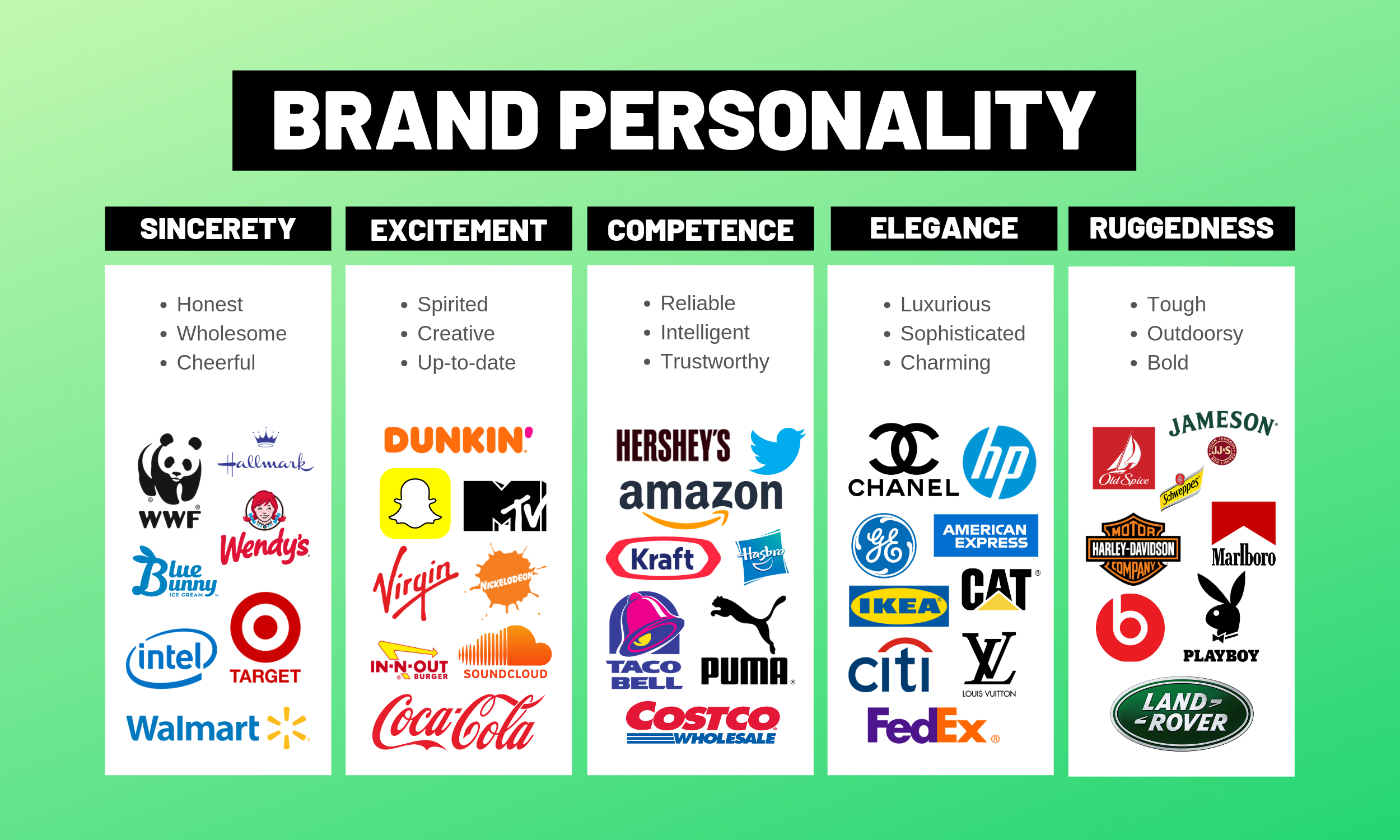
It’s also a good idea, during this part, to note down any features, shapes, colors, animals, or anything else that you feel help to shape and define your brand personality. These elements can do a lot to make sure your executed vision accurately reflects your brand.
Create a list that includes these different elements, and keep it handy as you go through the process.
Assess Your Goals
Another big part of putting your vision together in assessing the goals that you have for your company. This can include both long term and short term goals.
As an example, your short term goal might be to get and retain a certain number of customers in the first month.
A longer-term goal might be centered on the eventual expansion of your store, or offering more online and shipping to different areas.
With these goals in mind, you’ll see that your logo will need to grow along with your brand. This might mean occasional revampings or redesigns, but those are in the future. For now, with your goals clearly written out, you know that you need your logo to be the following:
- Your logo must be scalable. This means that it can be re-sized as needed without losing the integrity of the graphics.
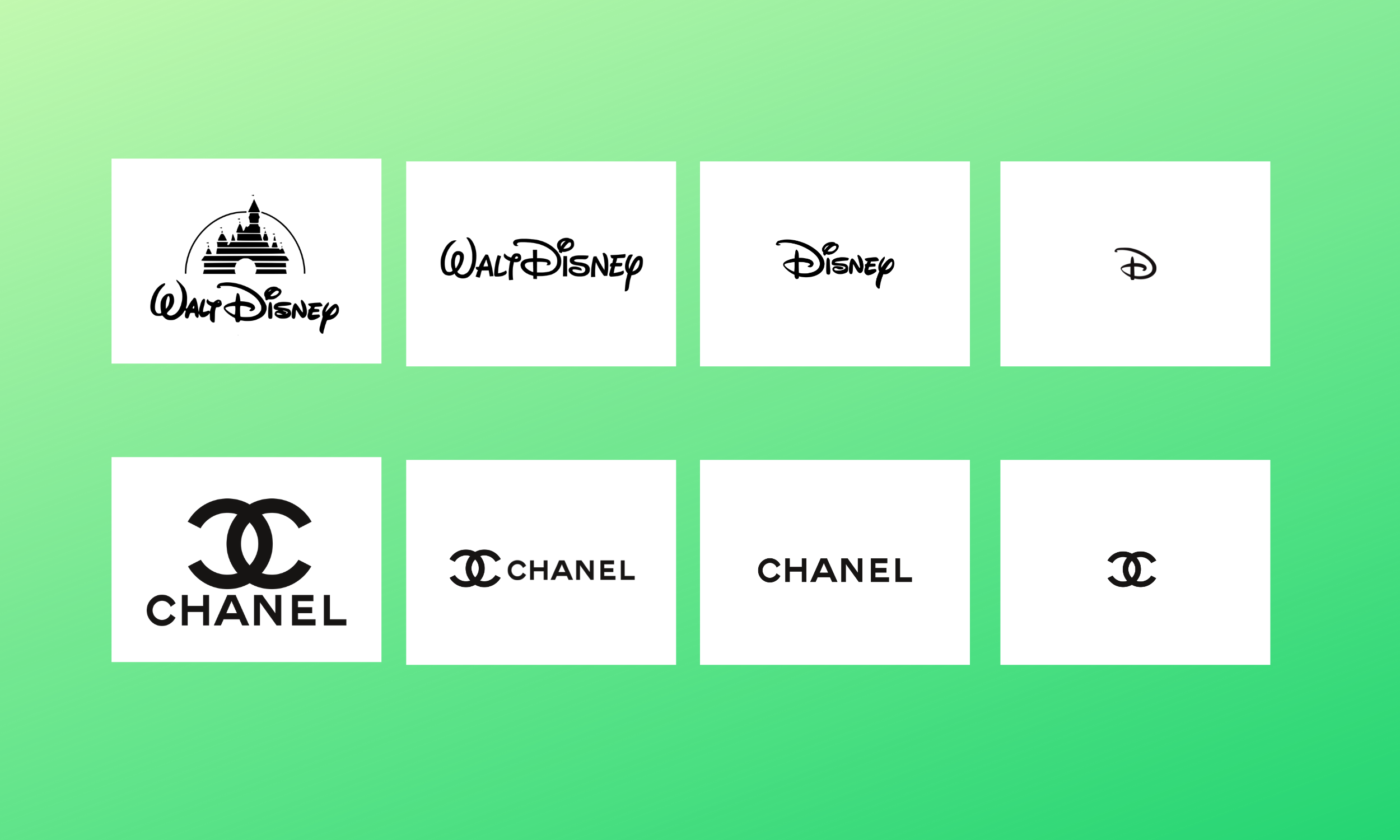
- It must work well against different backgrounds.

- It should display well in black and white and with just one additional color.
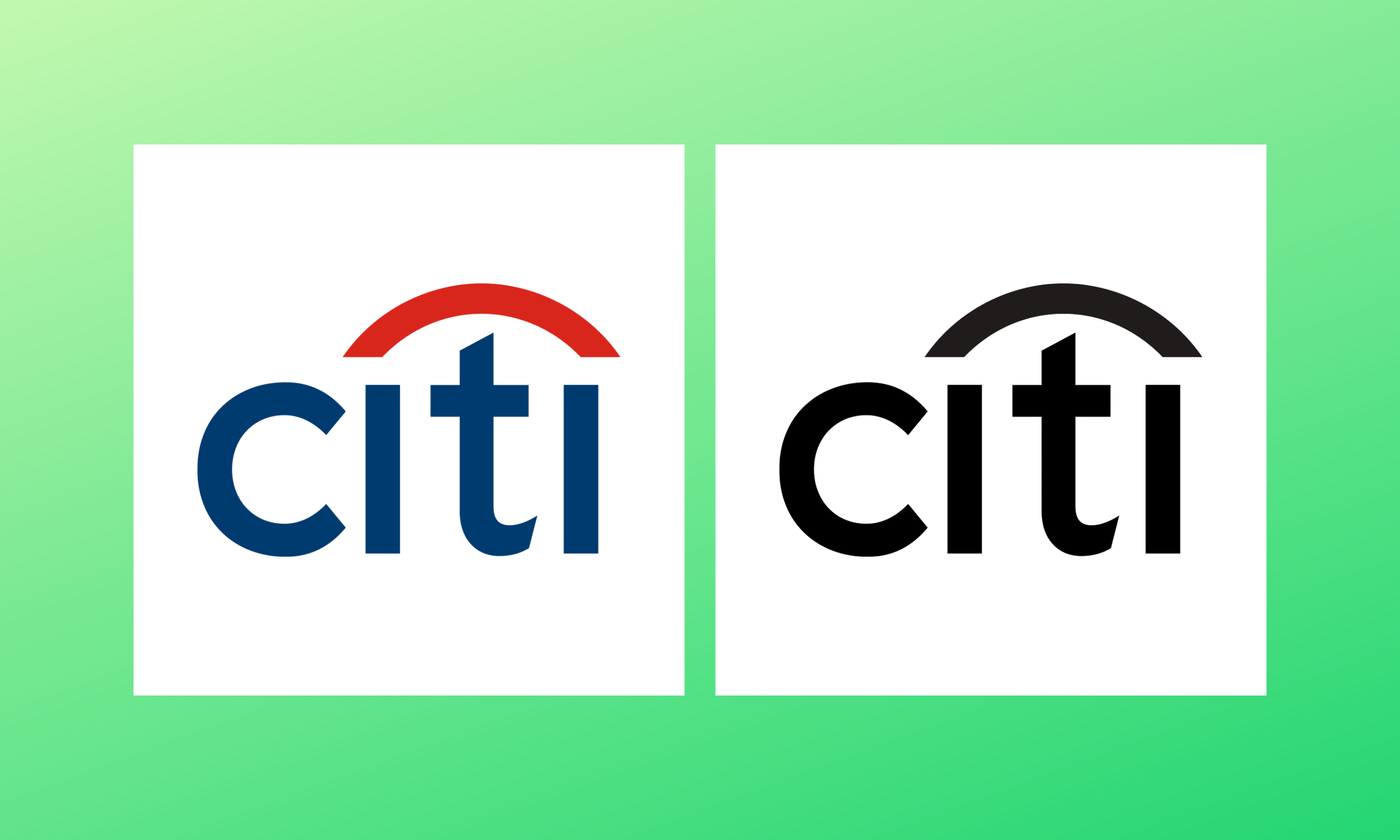
Now that you’ve got those goals clearly in mind, let’s move on to the next point.
Do Market Research
An important part of market research is ensuring the uniqueness of your logo. Market research tells you what design trends are common in your market, and what the logos of your competitors might look like.
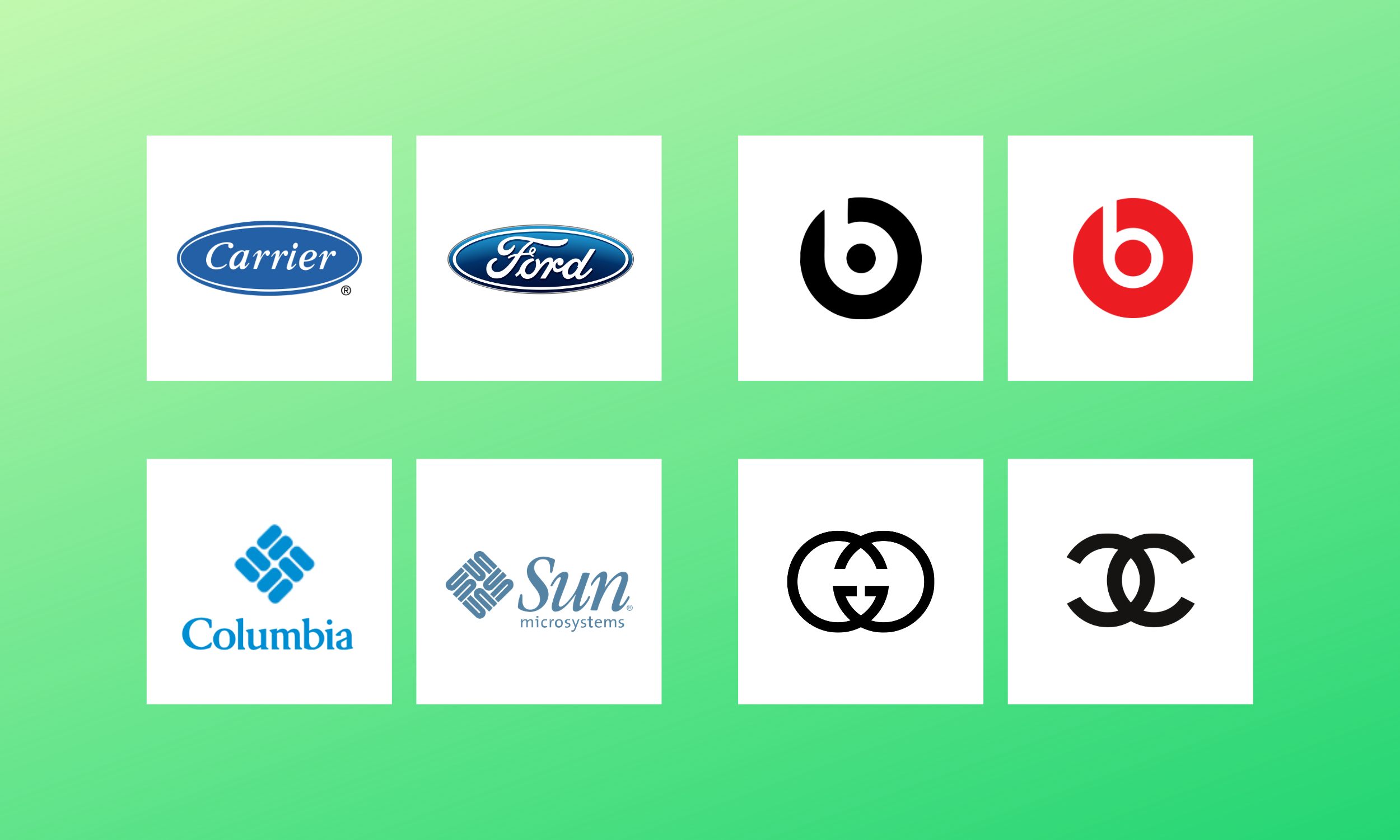
With that information, you can make sure to avoid anything that is too much of a look-alike, or which might mean that your competition is mistaken for your company. That could lead to a loss of customers.
Another important part of market research, especially when it comes to fueling your vision, is finding out more about what you like and what you don’t like, what works and what doesn’t work.
This is true of all kinds of graphic design areas, but it’s fundamental to logo design. There may be aspects of design, or tricks to design, that you would never have thought of on your own.
Just taking the time to educate yourself about what is out there can make a huge difference in the accuracy of your vision.
Consider Different Types Of Logos
Not all logos are created equal, and we mean that in the most literal sense.
There are several different types of logos. Generally speaking, the main ones include:
- Graphic logo
- Combination logo with graphic and type
- Lettermark
- Wordmark
Of course, there are uncountable variations within each of these types, depending on what your design choices are.
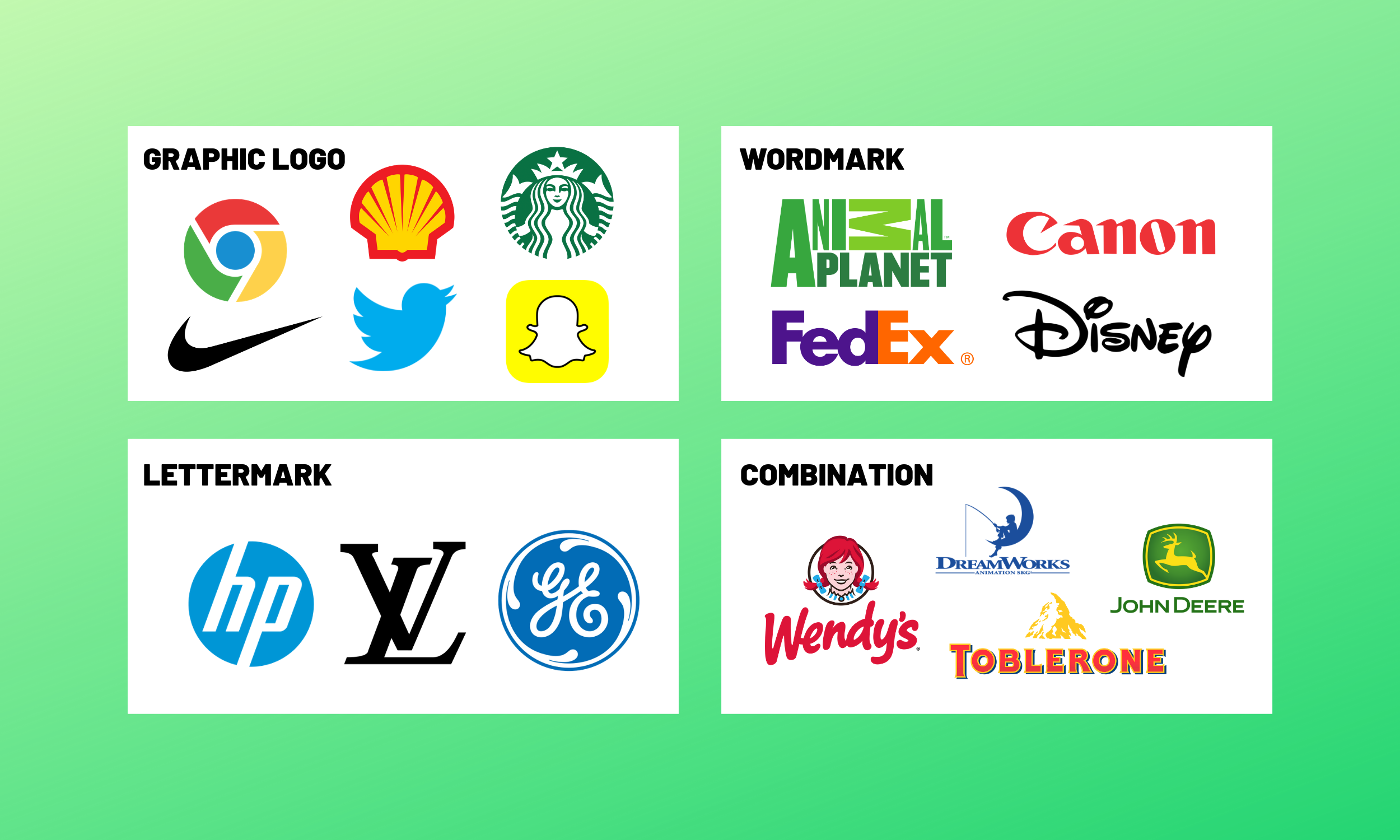
Don’t limit yourself to only what you think you want. Your initial choice might not reflect your brand as well as you want, so it’s a good idea to think outside the box and let your imagination have free rein.
Sketch It Out
Next, it’s time to get proactive with your vision and put pen to paper.
Of course, if you’re all digital, all the time, you can do this section on the computer. But many designers definitely recommend taking the time to draw out by hand, on paper, with a pen or pencil, some of your ideas.
This process has a few benefits over doing it digitally.
For one thing, you’ll make sure to keep all of your efforts, even the ones that don’t seem at all like they will work. You never know what design fluke might happen when you’re working with a pen and paper.
For another, it gives you the opportunity to plow through several different variations of a logo in a short amount of time. Don’t take too much time worrying about the lines or how things look. These are just rough drafts.
Find a piece of sketch paper — or several pieces, if you’re keen — and take the time to fill it up. Work quickly, without going back to refine or change. If there’s something you want to alter about a certain design idea, re-do it elsewhere on the page.
Assess Your Scribbles
Now it’s time to stop and think about how far your vision has led you.
Basically, this means take the time to look over the sketches that you’ve made and choose some options to focus on.
Keep in mind that, though you might have had an initial vision before you started this process, the vision you now have for your brand logo may have changed dramatically.
In fact, your first instinct may be for something completely different, now that you’re looking at all the possibilities!
On the paper, circle a few of the choices that you think will work best for your brand, and which deserve to be fleshed out a little more.
We definitely advise taking some time to think about this process. There may be several embryonic logo designs that you want to explore further. Or there may not be any! In which case we advise starting again with the pen and paper phase.
Ultimately, the goal here is to find at least one sketch idea that corresponds to your current vision for your brand.
It may follow your vision very closely, or it could simply be inspired by some element that you had noted in the first few steps of this process.
Either way, it should be an accurate representation of your brand identity.
Digitizing Your Logo
As we said, this article is less about the actual step by step creation of a logo and more about making sure that your finished product is infused by your vision.
The how-to as far as turning your sketch into a digital vector version of a logo can be done in several ways.
- Scan your sketch in, clean up the lines, and vectorize the sketch itself for the logo
- Reproduce the sketch in a graphic design program
- Send the sketch to a graphic design company and have them do it for you
The way you choose to do this is up to you. But keep in mind that other elements, such as typeface and color choice, also have a part to play in making your vision come to life.
Color choice, especially, can be very reflective of a brand. It’s likely that colors were mentioned in the list of influential elements we asked you to create way back in step one.
Keep that list close and refer to it as you finish up your logo project.
Also, here are some great videos explaining the process of actually designing the logo from scratch:
In this quick and broken down video, Aaron Draplin explains the process of designing a logo from start to finish. Now the overall process takes far longer than whats shown here but its nice to see a legend like Draplin go through it, and he makes it fun!
In this video, Will Paterson talks about minimalistic logo design the video is right to the point but interesting.
In this video, Gary Simon creates negative space within some random letters. It’s quite interesting to see the ides that form with certain letters.
When it comes to designing a world-recognizable logo, Sagi Haviv is your man. He has developed branding and logo designs for clients ranging from international corporations to young start-ups to well-known non-profits
In this video Sagi Haviv of Chermayeff & Geismar & Haviv talks about balancing the desires of clients with the fundamental principles of business and design—in order to get to a great design solution, it’s often important to say “no” to a client.
Logo Design — From Vision To Reality
After all, is said and done, the goal of your logo should be to accurately reflect your brand, and to send a message about brand personality while being memorable and unique.
Likely, your initial vision may differ somewhat from the final version, as you’ve gone through this process!
But that’s perfectly alright. The main thing is that your vision is still reflected in some aspect of your finished logo and that it fits your brand to a tee and is a meaningful brand logo.
Have you created a logo using a similar process to the one outlined here? How did your vision change as you went along? We hope this article about How To Infuse Your Vision Into Your Logo Design? has been helpful, and be sure to leave your comments below.
 Author Bio
Author Bio
Ayesha Ambreen is a Creative Content Strategist, Graphic Designer, and Snapchat Artist. Best known for her creative visuals and viral content ideas, Ayesha’s work has been featured on blogs such as Entrepreneur.com, Smashing Magazine, Icons8, B2C and more. A writer/designer by day and a reader by night, Ayesha loves to explore new realms of creativity and content through her work.

